
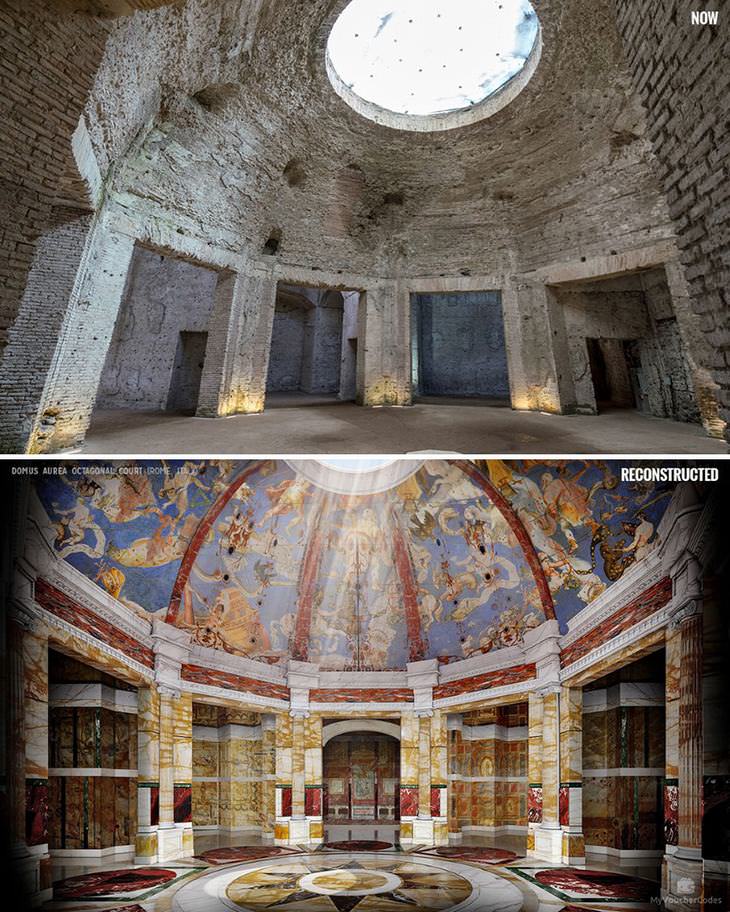


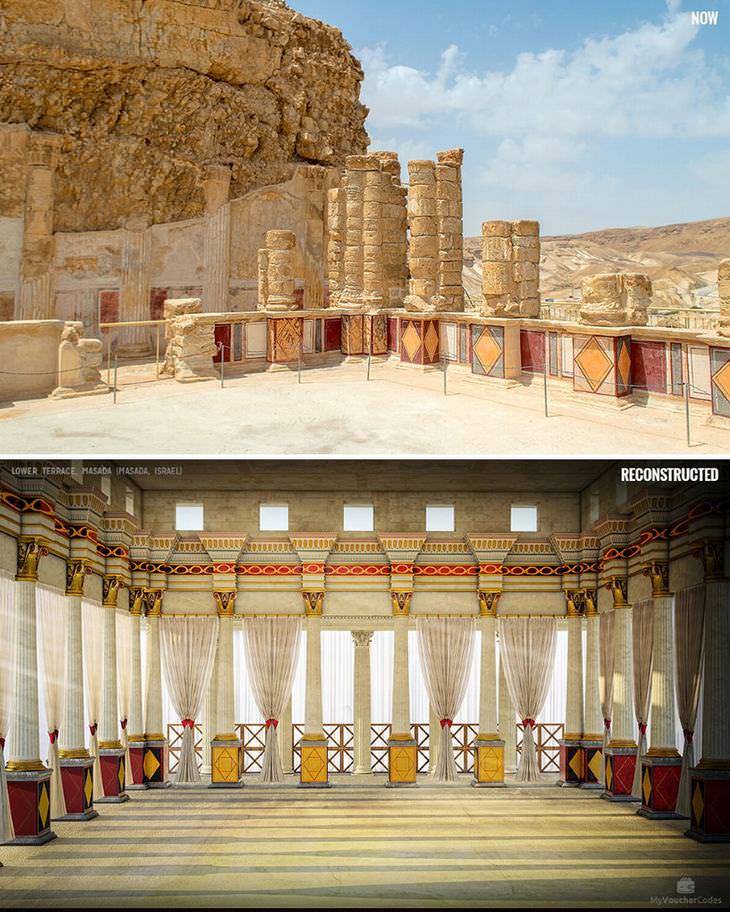
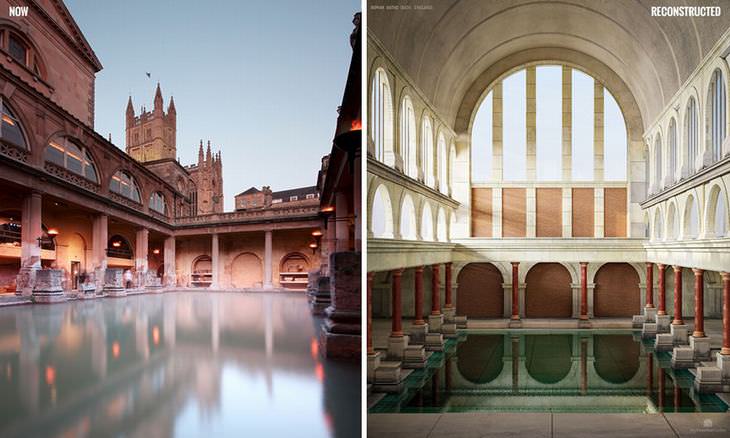
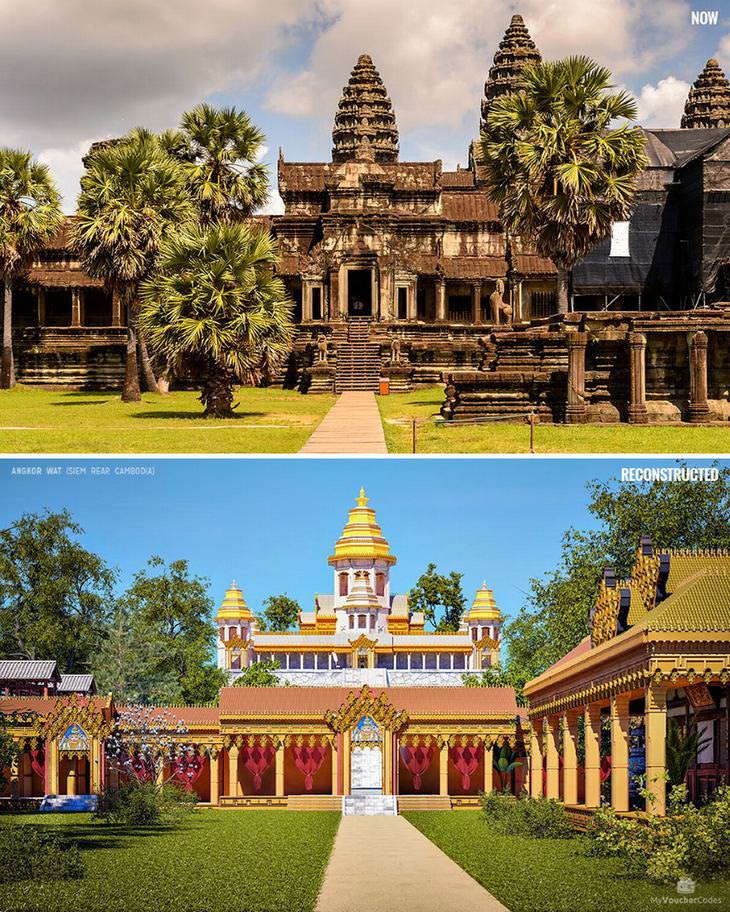

 5:08
5:08
Got a Sweet Tooth? Spend a Saturday in Sweden!
Those of you with a sweet tooth would love the Swedes' "Saturday Sweets." But what are the sinister roots of this sweet tradition?
 14:58
14:58
Come and See the Largest Cruise Ship in the World
Join us as we explore this gigantic cruise ship, Wonder of the Seas, and what this huge ship is all about.
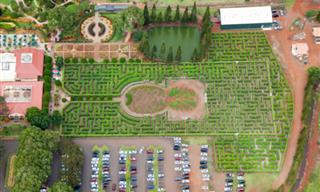
Adventure Seekers, Think You Can Beat These Labyrinths?
Adventure seekers! Do you have what it takes to pass through these labyrinths and mazes?
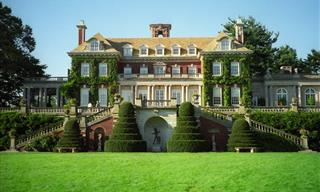
11 Unforgettable Mansions from the Gilded Age
The Gilded Age launched an American Architectural Renaissance, and testaments of it are scattered across the map of the United States to this day.

This Family Makes Art. The Beach is Their Canvas
This family creates art together! Imagine what it would be like to wander on the beach and see their work in progress.

The Phrase 'Flying Colors' Has Never Been More Literal
How did one artist manage to paint several airplanes? Read the story of Braniff Airlines and Alexander Calder.

11 Unforgettable Mansions from the Gilded Age
The Gilded Age launched an American Architectural Renaissance, and testaments of it are scattered across the map of the United States to this day.

Could You Imagine Waking Up to These Rooms with a View?
Wouldn't you love to own a room with a view like this?

These Pictures Will Put the Awe of the Universe in You
The winners of the Astronomy Photography competition capture the majestic beauty of our skies and what lies beyond them.

These Optical Illusions Will Totally Mess With Your Head
Check out these optical illusions and let the head-scratching begin! There are no less than 24 of them to enjoy in this post.
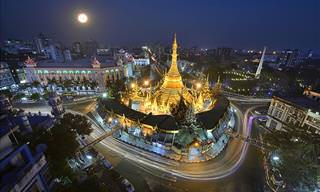
These Photos of Myanmar Are Absolutely Stunning
Kyaw Kyaw Winn is a very talented photographer from Myanmar. Here is a selection of some of his best shots.

These Chinese Gardens are Like Nothing You've Seen Before!
These gardens combine beauty and function, and are places of pure serenity and unparalleled grace.

These Incredible Photos Will Take Your Breath Away!
Enjoy some of the most spectacular photos from the Smithsonian Magazine's 15th annual contest.

I Can't Believe the USA Looked So Different in the Fifties
Here are 20 rare photos from the golden age of the USA - the 1950s!

Then & Now: Stars Side by Side Their Own Childhood Photos
These images make it seem as though celebrities are casually hanging out with themselves as kids, and it's pretty fascinating to see!
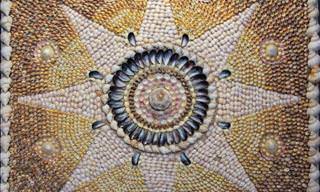
This Dark Underground Chamber Contains Millions of Shells
This winding underground passageway contains millions of beautifully arranged shells. But why?

Now This is What Photography is All About...
Each of these photos tells a beautiful story...
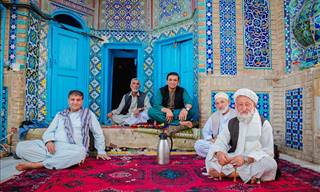
15 Photos of Afghanistan Like You've Never Seen It Before
These photos shed a light on a troubled country, to show us the lighter and beautiful side of Afghanistan. Take a look for yourself!

Now That's What I Call Perfect Timing!
Each of these photos was taken with perfect - almost supernatural - timing!

Up Close and Personal With Nature: 17 Award-Winning Photos
Here are some of the amazing winners of the Close-Up Photographer of the Year 2023 awards.

These Photos Show What People Had to Bear in the Wild West
These photos illustrate what life in the Wild West was like.
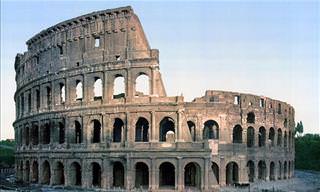
The Full Glory of a Golden Rome...
Look at these unbelievably colorful postcards from Rome, resurrected by Retronaut.
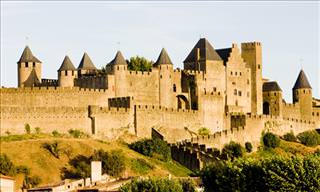
10 Medieval Walled Cities that Are a Wonder to Visit!
There's something spectacular about beholding a medieval walled city. You're instantly transported back in time. Take a look at the world's 10 best.

15 Famous People In History That Were Really Good-Looking
A collection of 15 vintage photos that prove that some of the famous figures in history were quite attractive...

This Parisian Apartment Has Been Untouched for 70 Years!
I can hardly believe this time-capsule of an apartment, that was locked away and forgotten about for 70 years. It's like nothing has changed in a century!
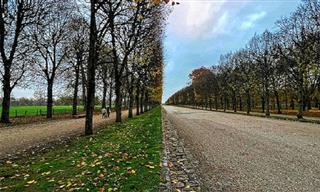
15 Mind-Bending Photos That Seem Fake but are 100% Real
It’s hard to believe these astonishing pictures haven’t been photoshopped.
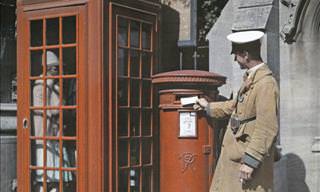
Amazing Re-Touched Photos of England Back in the Old Days
1920s England was the not tremendously jolly, civilized and the most important nation in world politics. These colored photos will show you what it was like.

You Won't See These Rare Sights Twice in Your Lifetime!
Here are 20 rare and unbelievable sights that you certainly won't end up seeing twice in you lifetime!

25 Pictures That Will Make You Take a Second Look
These quick photographers have managed to get some pretty nifty shots of some truly amazing and bizarre things in this world.

The Best of Black & White Photography: Award-Winning Pics
Marvel at the astonishing winners of the Monochrome Photography Awards 2023.

These Can't Be Real! 14 Stunning Celebrity Drawings
Artist Matheus Macedo creates incredibly realistic portraits of celebrities. Take a look at his best works.

5 Gorgeous 18th Century Cabinets and the Secrets They Hold
These 18th century creations of furniture and mechanism take utility and art and mix them together to create something amazing.
 8:27
8:27
Why Is India Against Building Skyscrapers?
his video reveals the rule that is keeping India from building more high-rise buildings. Find out what it is.

7 Changes to Our Home That Help Fight Depression
The 7 tips provided here will guide you or your loved ones through the changes that will render your house more inviting and assist in managing depression.

14 Unique and Unconventional Urban Designs That Inspire
Let’s check out some truly amazing examples of smart urban planning designs that every city in the world should take inspiration from.
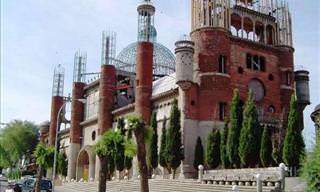
50 Years This Man Built and Built.. And Here's the Result!
This cathedral is slowly being built by an amazing 90 year old man, using discarded waste. Read on to here this inspiring story, and see a glorious church.

These Stunning Unedited Photos Are Too Perfect for Words
Many amazing images that we today have sadly been manipulated in one way or another, however the ones you're about to see are most certainly not. Take a look...

These Natural Optical Illusions Are Stunning!
Sometimes, chance creates better compositions than any art director ever could. All of these stunning nature photos will make you look twice.

These Photos Will Make You Look Twice!!
Photography is a medium that allows magic to happen, with spontaneity often producing far more interesting results. View these photos timed to perfection.

12 Vintage Tools That Have Stood The Test of Time
Here is a collection of some really old vintage household items that are amazingly still working properly.

These Thanksgiving Decorations are a Feast for the Eyes
These delightful Thanksgiving decorations will get you into the holiday spirit.

These Wonderful Pictures Are Proof of Nature’s Wonders
If we don't preserve and defend it, nature may disappear - this is why the Nature Conservancy holds an annual photography competition.
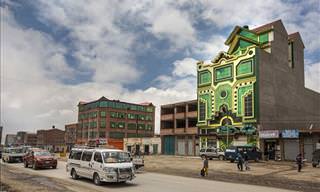
"Andean Architecture" - The Style That’s Sweeping Bolivia
In El Alto, Bolivia- the fastest growing city in the world in recent years - there's a real architectural revolution happening that you have to see to believe!

These Fantastic Inventions Can Improve Everyone's' Lives!
Here is a collection of awesome inventions that you didn’t know you needed, and they are complete genius due to their simplicity. Take a look!

The Gorgeous and Colorful Waves of Adam Duffy
Adam Duffy is a photographer has done something few have been able to: Give justice to the stunning beauty and color of the ocean's waves. His incredible photos will bring joy to your eye and your soul.

120 Years of the Most Popular Wedding Dresses...
If we look at the last 120-150 years of wedding dress styles, what would we see?
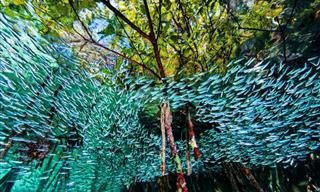
These Photos Well Deserve to Be Called "Best of the Year"
The National Geographic has been sharing brilliant photography with the world for years, and 2016 has certainly been no exception. Take a look at some here!


